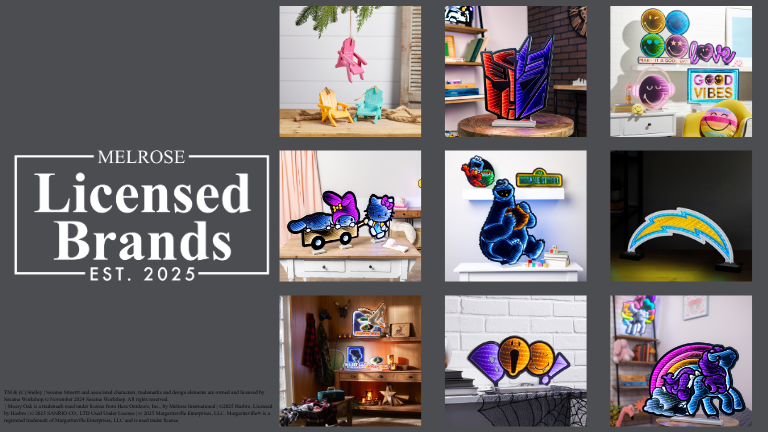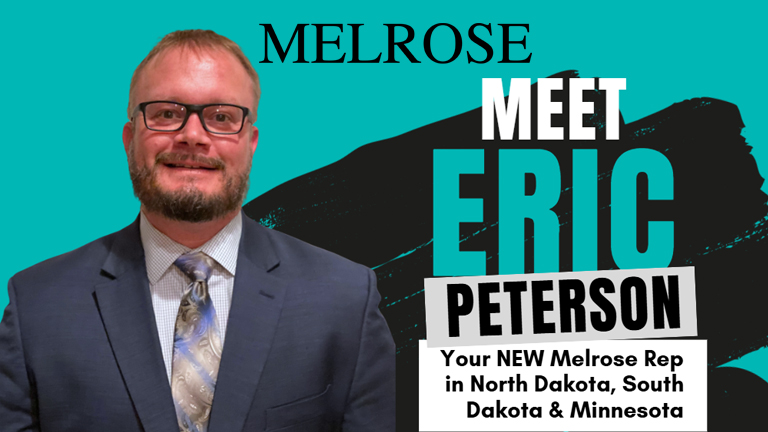May 1, 2020

Infuse “Know”, “Like”, and “Trust” into your Instagram Content to Grow Organically
Being known, liked and trusted is the trifecta for growing both your customer base and sales on Instagram. Having customers that Know you, Like you and your products, and Trust your brand comes from the delivery of a consistent and authentic experience.
But what does it really mean to know, like and trust someone? And what does it take for that prospect to know, like and trust your business or brand?
To “know” you and your brand, your customers must “get” you.
We’re not talking about knowing you in a superficial way, like an acquaintance who recognizes your face, name, logo, or brand from having seen it before. You want your customers to know about you or of you so they’re not a total stranger.
When you establish a “communication account”, whereby there’s an active authentic sharing and exchanging of information about self and business, that the switch gets flipped. Everything from your writing style, to products and images, to offers in your Instagram posts, along with how your business handles service issues or returns is part of the experience. This experience is what makes customers see you as meaningful and authentic. So, go ahead and let loose and humanize your brand by infusing a little color and personality in your content.
Here are a few ways to help reach that level of “knowing”:
- Start by Defining your Brand Voice – be intentionally consistent in establishing, creating and positioning yourself as an easily identified and authoritative source for home, garden and giftable décor.
- Craft an “About Us” page infused with authentic content, and salient facts and figures that lend credibility while helping know the real you. Give your audience a chance to get to know your brand. Remember, the story needs to be concise with a beginning, middle, and end.
- It pays to provide context to your links and promotions – spice up your captions with some commentary or even some humor – but be authentic. Let your content serve as the transaction and your call-to-action.
Connecting is the key for customers to “like” you.
When we state “like” someone, it’s in the context of being appreciative in the manner of respecting a friend, mentor or colleague. What or how do they or make you feel? They may:
- Inspire you or make you see things in a different lens.
- Have values and opinions that match yours.
- Make you feel good around them.
- Have a similar sense of humor or style.
- Enjoy some of the same things, such as music, racing, hobbies, or beards.
“Liking” is intensely personal and subjective but it moves you none the less. What I like, you may not. For example, I really like the distinctive sight and sound of a Harley motorcycle, whether at idle or accelerating through a yellow light. The Harley-Davidson brand sparks the sense of being a rebel and a desire for freedom that can only be found on the open road. Riding a Harley feeds the passion for exploring and frees the mind, body and soul in ways tough to put into words.
Another brand I like is Big Ass Fans. No joke, that’s the name of the company. I came across Big Ass Fans in my search for an effective way to help cool my garage as well as expel air while painting bike and car parts. The company name and logo seem infused with a rebel soul. One might even say slightly cheeky, which I find appealing. Their vast array of products in a myriad of styles means I can find a solution to fit my application.
I’ve given you examples of brands I “like”. Think of companies or brands you really like and ask yourself, “Why do I like them?” Then, think about your brand – what does it stand for, deliver or mean for your customer base, and is that consistent across everything your customer touches and in your store?
After reading examples of what I like, and thinking of your own brand, how you lead customers to like you through content should be easy to answer. Here are a few ideas on translating what you do into content that enhances the “like” factor for you and your business:
- Aspirational content – Create content that inspires people and makes them feel good.
- Recognize that you’re selling to people – people who are consuming your content. Use first and second-person language. It’s far more personal and increases the sense of connection.
- Provide real value in your content, not just sell, sell, sell. Ideally, you want a 3:1 ratio of “giveaways” vs. active selling. The giveaways can be as simple as design tips, helpful ‘how to’ information, or home décor do’s and don’ts, etc. Look to repurpose what Melrose has created, such as the “Back to Basics” videos, blog posts, or pull photos from Melrose Pics.
- Show your personality and style. How about giving the reader a sense of the company culture? Is your ideal client a risk taker, or does he/she shy away from risk? Tap into the story in your audience member’s head.
Liking comes down to humanizing your brand by being open, honest, and sharing your interests, insights and talents. Don’t be afraid to ask for feedback. It’s the digital conversation that will help you gain customer’s hearts, minds and trust, which can lead to ongoing sales.
To “trust” you, your customer must feel safe.
While infusing the trust element into content is easy, answering the question of “How do you instill and build enough trust with customers, so they feel good about saying yes?” Here are a few ideas:
- Be authentic in crafting your posts
- Start a conversation and share your honest opinion
- Listen to what customers want, and don’t forget to ask to repurpose user-generated content
- Give them value – 3 posts giving away helpful tips and other information for every 1 post you ask for them to follow, subscribe or purchase.
- Share stories of how you successfully helped others achieve results.
Know, like, and trust are the real things that affect how people perceive you and your brand. With this increased knowledge and understanding of what that means, begin to weave each element into your content to lead more people to know, like, and trust you and your brand. Remember – it’s about the journey, not the destination




